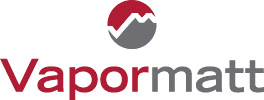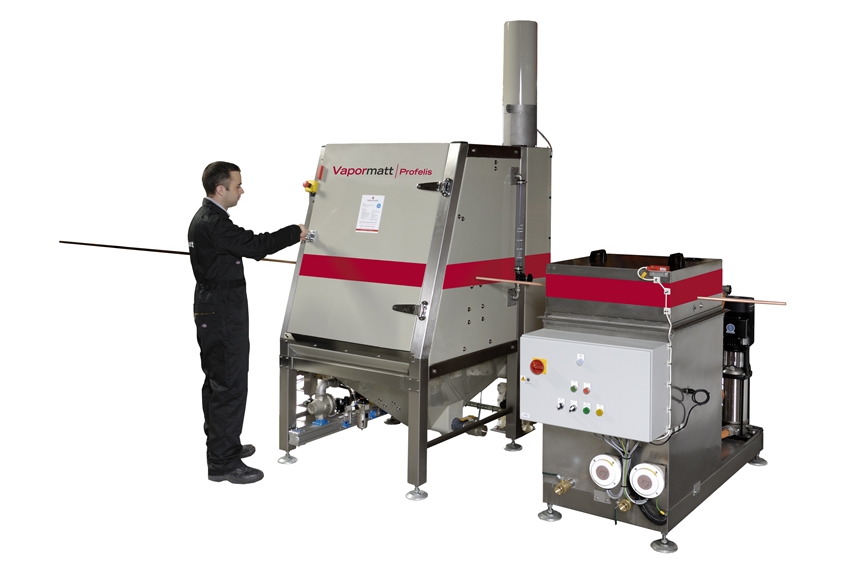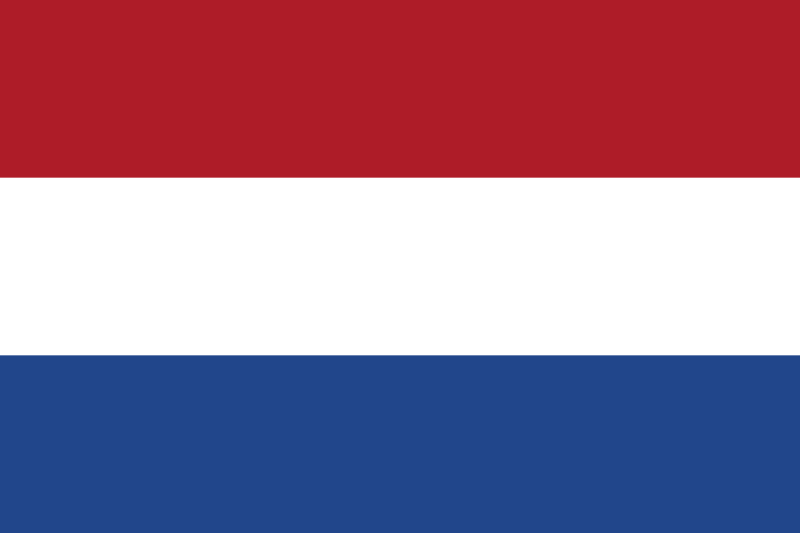-
Wet blasting offers exceptionally high quality results that are increasingly being recognised across many applications. And because no harsh chemicals are used - and no dust is created - wet blasting machines reduce waste and are kinder to the environment, as well as delivering the best possible surface finish. David Clements, Sales Engineer, Vapormatt, explains.
What is wet blasting?
-
Wet blasting is a highly effective process that combines compressed air, abrasive media and water in a slurry form to clean and prepare surfaces. The water creates a lubricating effect, which increases the flow of particles across the surface being treated. Unlike dry blasting, the liquid cushion also protects delicate surfaces whilst eliminating any potentially harmful dust. Wet blasting results in surfaces that are extremely clean and reactive, with no embedded secondary contamination from the media. To provide simultaneous cleaning and degreasing, the slurry can be heated and mild detergentcompounds added to ensure the effective removal of oily surface contamination.
- Application example: Non-specular finish on power cabling
-
The non-specular finish offers a good example of how application is led by function. In the US a non-specular finish on overground power cables is a national standard across all federal land. Here, the wet blast process can be used to reduce the reflectivity of the surface. For example, by wet blasting with a coarse aluminium media it is possible to create a finish that blends the cables in with their surroundings.
Advances in wet blasting
-
The most advanced wet blasting systems use powerful software programs to combine and monitor precisely controlled flows of gas, air liquids and solids, which are mixed then accelerated through focused blasting nozzles. Changing the fluid pressures, blast materialmedia, slurry composition, number and direction of attack of the nozzles allows for a range of processing effects to be achieved, from harsh to soft. Today, the best wet blasting machines for wire applications allow media concentration, process temperature, additives and blast pressures to be carefully controlled and monitored to provide an extremely consistent surface finish that can be reproduced time after time.
Environmental benefits
-
Because it is more environmentally friendly than acid pickling, which has traditionally been used up until now, more and more customers want to move away from using acid to clean wire and this has driven the development of new solutions. Vapormatt has been conducting trials for a component company that is under pressure to terminate all acid cleaning within a year and we have proved that this is achievable by using our environmentally-friendly process. Another company that produces welding wire and operates manufacturing companies around the world asked us to calculate the running costs of the Vapormatt Profelis and discovered that the cost is significantly cheaper than chemical cleaning. Combining the results of these two cases, it is clear to see that wet blasting provides a solution to wire cleaning that is not only more environmentally friendly but also more cost-effective.
Cosmetic quality
-
Wet blasting can not only prevent failure and compliance with regulations but also create the cosmetic effect that boosts product quality and sales. For instance, Vapormatt has also provided a solution for a company in the US that produces thermocoupled wires. These wires are manufactured by putting two smaller wires and insulation inside a stainless steel tube and then drawing the whole composite down to a smaller diameter. To reach the required diameter, the manufacturer has to go over the process 19 times, with repeating annealing steps to remedy the fact that each draw down hardens the whole structure. This preserves the required flexibility but does little for the cosmetic effect; the finished wire looks very dirty and not at all like stainless steel. The customer came to us for help and we recommended the Vapormatt Profelis to achieve a sateen “like new” finish. By using a softer media we achieved a smooth and, clean surface on the stainless steel wire and the company is extremely pleased with the trial samples. The customer is currently cleaning the thermocoupled wire manually so our process will offer massive improvements not only in product quality but also production efficiency.
The examples above illustrate how the Profelis offers exceptionally high quality results with all continuous wire, cable and strip products. And as the brief case studies above have shown, the system, which has been created through innovative design and extensive R&D, has already proved a great success with manufacturers. It has been designed for easy integration with existing process lines, bringing the potential to apply a range of surface treatments to the maximum number of users.
The Profelis can be used to clean, degrease, descale, etch or satin polish and provides an extremely consistent surface finish that can be reproduced time after time. The Profelis is also versatile, and can cope with a wide range of diameters and materials, including plastic, soft metals and steel. In addition to its versatility, the Profelis is constructed from durable composite and PU components that offer a long lifespan, despite the stresses of the wet blast processing environment, to deliver maximum ROI.
Following the Vapormatt wet blast process, rinsing and drying stages, the Profelis provides a further wash, clean and drying process, creating an almost surgically clean surface to the product exiting the line. The entire machine is ventilated and watertight, while media concentration, process temperature, additive and blast pressures can be regulated to ensure the most effective and repeatable wet blasting results.
With increasingly tough environmental legislation, and constant pressure to maintain a competitive edge by offering the best possible product and process quality, there is a compelling argument to consider alternative methods of surface preparation such as wet blasting.























